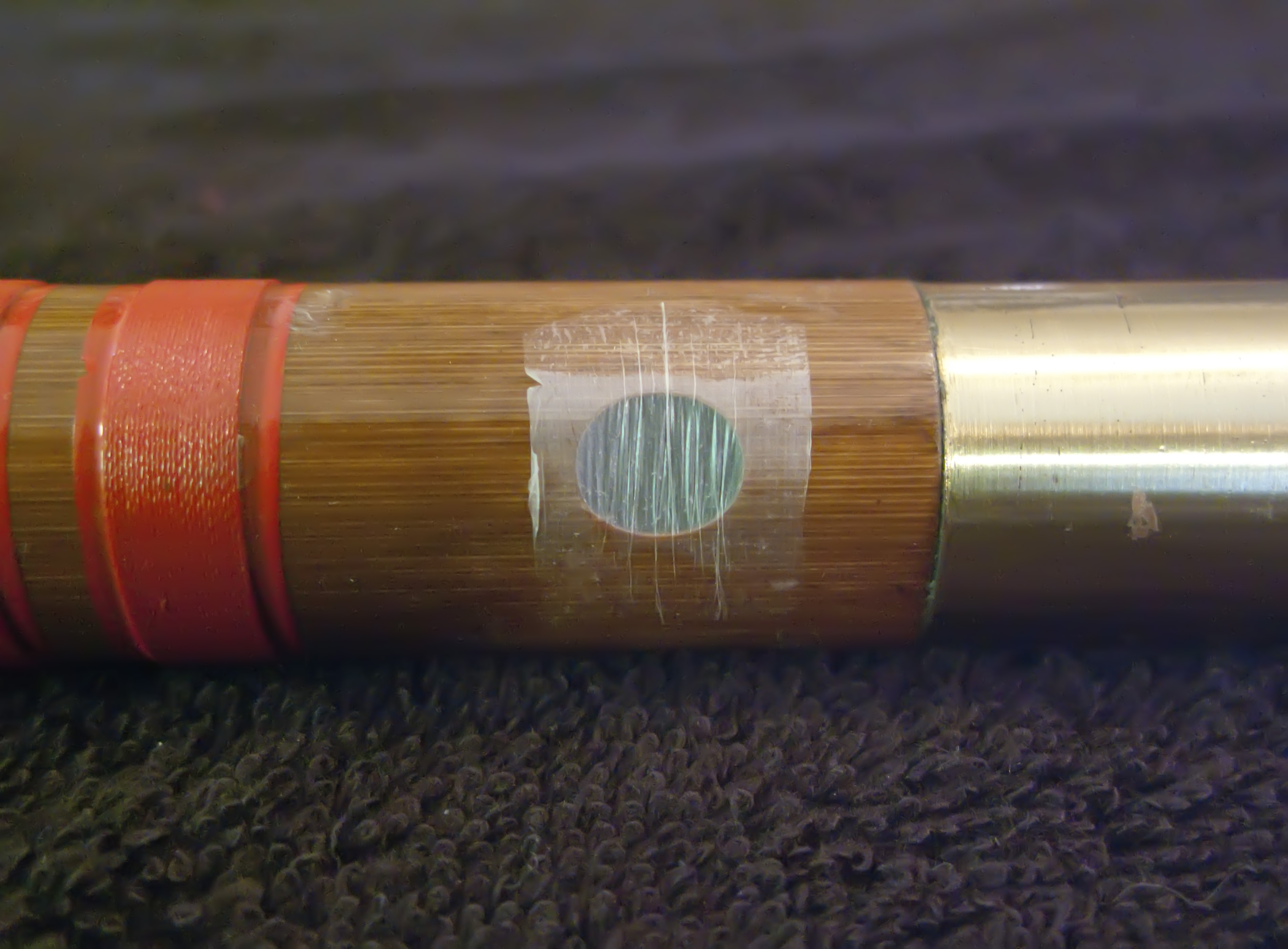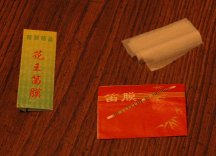|
Paidi (instrument)
''Paidi'' ( zh, 排笛) is an instrument that consists of two to four parallel ''dizi''s of different length bound together. It was invented by Zhao Songting at the beginning of 1960s. Compared with the conventional '' dizi'', ''paidi'' has a wider range and can produce different timbres.{{Cite journal, title=排笛——介绍将几根笛子扎在一起演奏的方法, author=赵松庭, url=https://wap.cnki.net/touch/web/Journal/Article/YIQI197902019.html, journal=乐器科技, issue=2, year=1979, page=51 References External links "Birds in Shade" by Du Rusong Side-blown flutes [...More Info...] [...Related Items...] OR: [Wikipedia] [Google] [Baidu] |
Zhao Songting
Zhao may refer to: * Zhao (surname) (赵), a Chinese surname ** commonly spelled Chao in Taiwan or up until the early 20th century in other regions ** Chiu, from the Cantonese pronunciation ** Cho (Korean surname), represent the Hanja 趙 (Chinese: Zhao) ** Triệu, a Vietnamese surname which is the equivalent of the Mandarin Chinese surname Zhao (趙) * Zhao County, in Shijiazhuang, Hebei, China * Zhao family (other) ** Zhao family (Internet slang), based on the surname Zhao, an internet term in China which refers to the ruling elite and the rich * 兆 (zhào), a Chinese numeral which usually represents 106 or 1012 **Mega-, corresponding SI prefix in China, equals to 106 **Tera-, corresponding SI prefix in Taiwan, equals to 1012 * Admiral Zhao, a character in the animated series ''Avatar: The Last Airbender'' Chinese history * Zhao (state) (403 BC–222 BC), a Warring States period state * Triệu dynasty (204 BC–111 BC), or Zhao dynasty, the ruling house of the Na ... [...More Info...] [...Related Items...] OR: [Wikipedia] [Google] [Baidu] |
Dai Ya
Dai may refer to: Names * Dai (given name), a Welsh or Japanese masculine given name * Dai (surname) (戴), a Chinese surname Places and regimes * Dai Commandery, a commandery of the state of Zhao and in early imperial China * Dai County, in Xinzhou, Shanxi, China * Dai (Eighteen Kingdoms), a short-lived state during the Eighteen Kingdoms period in Chinese history * Dai (Han dynasty), a realm and title during the Han dynasty * Dai (Sixteen Kingdoms), a Xianbei-led dynastic state during the Sixteen Kingdoms era of Chinese history * Dai (Spring and Autumn period), a state during the Spring and Autumn period in Chinese history * Dai (Warring States period), a short-lived state during the Warring States period in Chinese history People and language * Da'i al-Mutlaq or Da'i, a type of religious leader in Islam * Da'i, person engageing in Dawah, the act of inviting people to Islam * Dai language (other) * Dai people, an ethnic minority of China * Dai (Yindu), or Daai Chin ... [...More Info...] [...Related Items...] OR: [Wikipedia] [Google] [Baidu] |
Jiang Guoji , in Shanxi, China
{{disambig ...
Jiang may refer to: * ''Jiang'' (rank), rank held by general officers in the military of China * Jiang (surname), several Chinese surnames **Jiang Zemin (1926–2022), as general secretary of the Chinese Communist Party *Jiang River, an ancient river of China *Jiang County Jiang County or Jiangxian () is a county in the south of Shanxi Shanxi (; ; formerly romanised as Shansi) is a landlocked province of the People's Republic of China and is part of the North China region. The capital and largest city of the pr ... [...More Info...] [...Related Items...] OR: [Wikipedia] [Google] [Baidu] |
Dizi (instrument)
The ''dizi'' (, pronounced ), is a Chinese transverse flute. It is also sometimes known as the ''di'' () or ''héngdi'' (), and has varieties including Qudi (), Bangdi (), and Xindi (instrument), Xindi (). It is a major List of Chinese musical instruments, Chinese musical instrument that is widely used in many genres of Music of China, Chinese folk music, Chinese opera, as well as the modern Chinese orchestra. The ''dizi'' is also a popular instrument among the Chinese people as it is simple to make and easy to carry. Most ''dizi'' are made of bamboo, which explains why ''dizi'' are sometimes known by simple names such as Chinese bamboo flute. However, "bamboo" is perhaps more of a Chinese instrument classification like "woodwind" in the West. Northern Chinese ''dizi'' are made from purple or violet bamboo, while ''dizi'' made in Suzhou and Hangzhou are made from white bamboo. ''Dizi'' produced in southern Chinese regions such as Chaozhou are often made of very slender, lightweig ... [...More Info...] [...Related Items...] OR: [Wikipedia] [Google] [Baidu] |
Paixiao
The ''paixiao'' (traditional: 排簫; simplified: 排箫; pinyin: ''páixiāo''; also pái xiāo) is a Chinese wind instrument, a form of pan flute. A major difference between the Chinese Paixiao and the panpipes used in European and South American traditions, is that at the top of the Chinese instrument the pipe holes are each cut angled or with notches. This allows for bending the pitch in similar capacity to the dongxiao down a minor second. This allows Chinese paixiao to be fully chromatic without loss in timbre, even though the included pipes are tuned diatonically.The method of blowing ''so'' is to hold the head of the frame with both hands, with the mouthpiece facing the front, place the lower lip on the mouthpiece, and find and blow each tube according to the pitch. In Korea, an instrument called the ''so'' (hangul: 소; hanja: 簫) was derived from the ''paixiao'' and used in ritual music. The ''so'' is made up of 16 bamboo tubes, so each sound is played in one tube. ... [...More Info...] [...Related Items...] OR: [Wikipedia] [Google] [Baidu] |
Flute
The flute is a family of classical music instrument in the woodwind group. Like all woodwinds, flutes are aerophones, meaning they make sound by vibrating a column of air. However, unlike woodwind instruments with reeds, a flute is a reedless wind instrument that produces its sound from the flow of air across an opening. According to the instrument classification of Hornbostel–Sachs, flutes are categorized as edge-blown aerophones. A musician who plays the flute is called a flautist or flutist. Flutes are the earliest known identifiable musical instruments, as paleolithic examples with hand-bored holes have been found. A number of flutes dating to about 53,000 to 45,000 years ago have been found in the Swabian Jura region of present-day Germany. These flutes demonstrate that a developed musical tradition existed from the earliest period of modern human presence in Europe.. Citation on p. 248. * While the oldest flutes currently known were found in Europe, Asia, too, has ... [...More Info...] [...Related Items...] OR: [Wikipedia] [Google] [Baidu] |
Dizi (instrument)
The ''dizi'' (, pronounced ), is a Chinese transverse flute. It is also sometimes known as the ''di'' () or ''héngdi'' (), and has varieties including Qudi (), Bangdi (), and Xindi (instrument), Xindi (). It is a major List of Chinese musical instruments, Chinese musical instrument that is widely used in many genres of Music of China, Chinese folk music, Chinese opera, as well as the modern Chinese orchestra. The ''dizi'' is also a popular instrument among the Chinese people as it is simple to make and easy to carry. Most ''dizi'' are made of bamboo, which explains why ''dizi'' are sometimes known by simple names such as Chinese bamboo flute. However, "bamboo" is perhaps more of a Chinese instrument classification like "woodwind" in the West. Northern Chinese ''dizi'' are made from purple or violet bamboo, while ''dizi'' made in Suzhou and Hangzhou are made from white bamboo. ''Dizi'' produced in southern Chinese regions such as Chaozhou are often made of very slender, lightweig ... [...More Info...] [...Related Items...] OR: [Wikipedia] [Google] [Baidu] |


